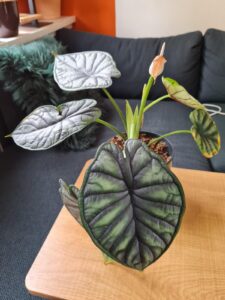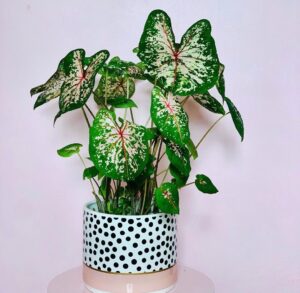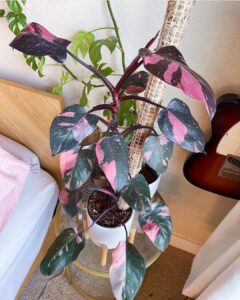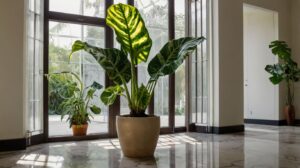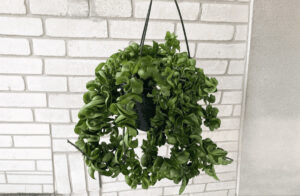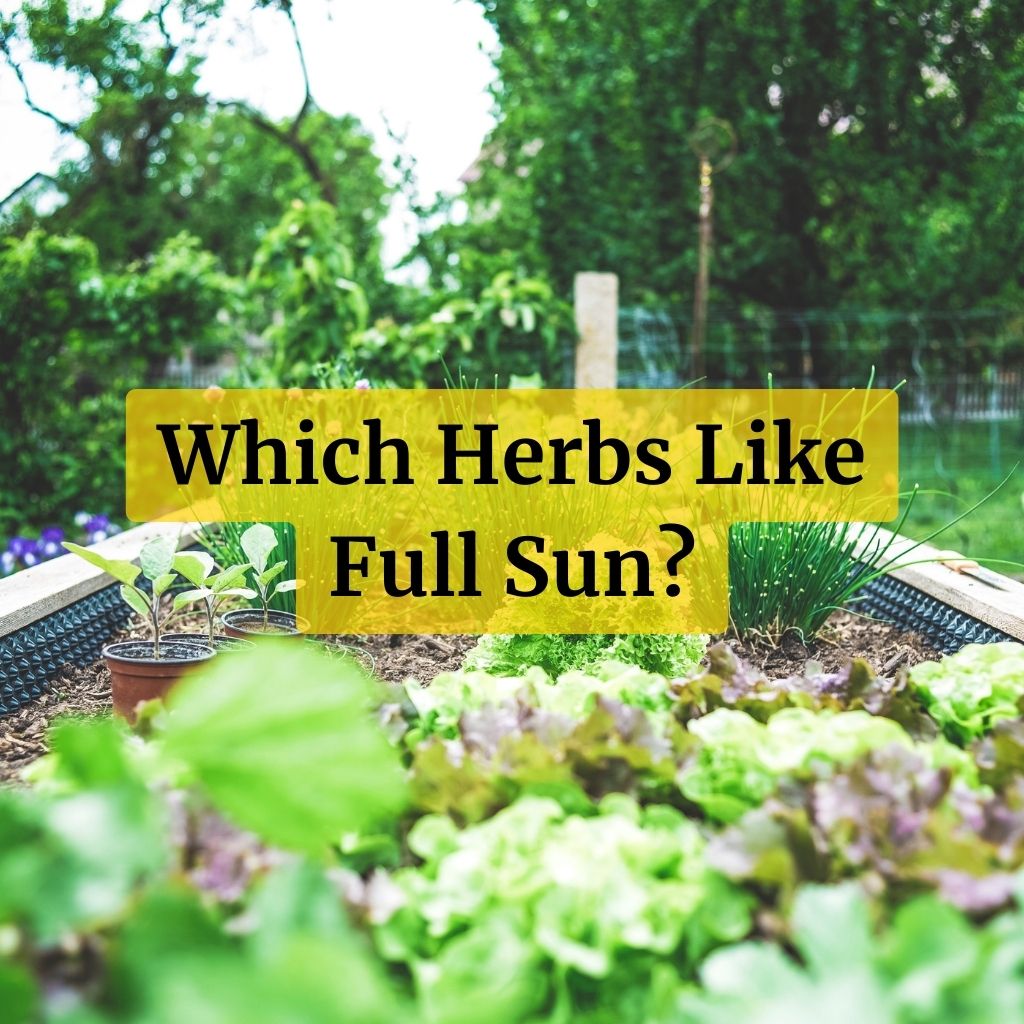
Most herbs require at least six to eight hours of direct sunlight per day to grow and reach their full potential. Herbs that do not receive their minimum daily allowance of sunlight will end up leggy, awkward-looking, and unproductive instead of lush, beautiful, and useful.
While five hours of sun is considered the minimum for most edible plants, especially herbs and vegetables, there are several herbs that can grow in shady conditions, where the plants receive at least a few hours of shade each day.
Therefore, it is best to choose a location that receives plenty of sunlight if you want to grow sun-loving herbs like basil, rosemary, or oregano. On the other hand, if you want to grow shade-loving herbs like mint or parsley, you can choose a location that receives partial sun or full shade.
Herbs that Like Full Sun
Before we dive into the techniques, it’s important to know which herbs like full sun. Here is a table listing some common herbs and whether they prefer full sun or partial shade:
| Herb | Full Sun Requirement | Partial Shade Tolerance |
|---|---|---|
| Basil | Yes | No |
| Rosemary | Yes | No |
| Thyme | Yes | Yes |
| Sage | Yes | Yes |
| Oregano | Yes | Yes |
| Mint | Partial sun to shade | Yes |
| Cilantro | Partial sun to shade | Yes |
| Chives | Partial sun to shade | Yes |
| Parsley | Partial sun to shade | Yes |
| Dill | Partial sun to shade | Yes |
Sunlight for Your Herb Garden
During winter, the days are shorter, and the sun is weaker. To keep your herb garden alive, you need to ensure your herbs get enough sunlight. If you have a bright, south-facing window, this may provide enough sunlight for your herbs. However, if your home doesn’t get enough sunlight, you can use grow lights to supplement the light1.
Do you know your parsley from your cilantro?
Take these 6 easy questions and test your herb knowledge.
Have fun!

Question
Your answer:
Correct answer:
Your Answers
Location of Herb Gardens
The location of your herb garden is crucial to its survival during winter. If you’re growing herbs in the ground, you can protect them from the cold by placing them in a cold frame or cloche.
Covering herbs helps trap the heat that rises from the soil, elevating the temperature inside by several degrees. This can extend the growing season in both fall and spring. Cold frames are topped with glass panes that slope downward and are situated so they face south. This ensures that the most sunlight will reach the plants inside, creating an environment that is several degrees warmer than outside.
If you’re growing herbs in containers, you can move them into a frost-free greenhouse or sun porch. This will protect them from the cold and ensure they get enough sunlight.
Keeping your herb garden alive all winter long can be challenging, but it’s worth the effort. Imagine having fresh herbs to add to your meals even in the dead of winter! Plus, taking care of your herb garden can be a fun and rewarding hobby.
Do you REALLY know your gardening?
Take this quiz to see if you are a gardening expert.
These 6 questions are really tough!! Good luck!

Question
Your answer:
Correct answer:
Your Answers
So, grab a cup of tea, put on some cozy socks, and get to work!


